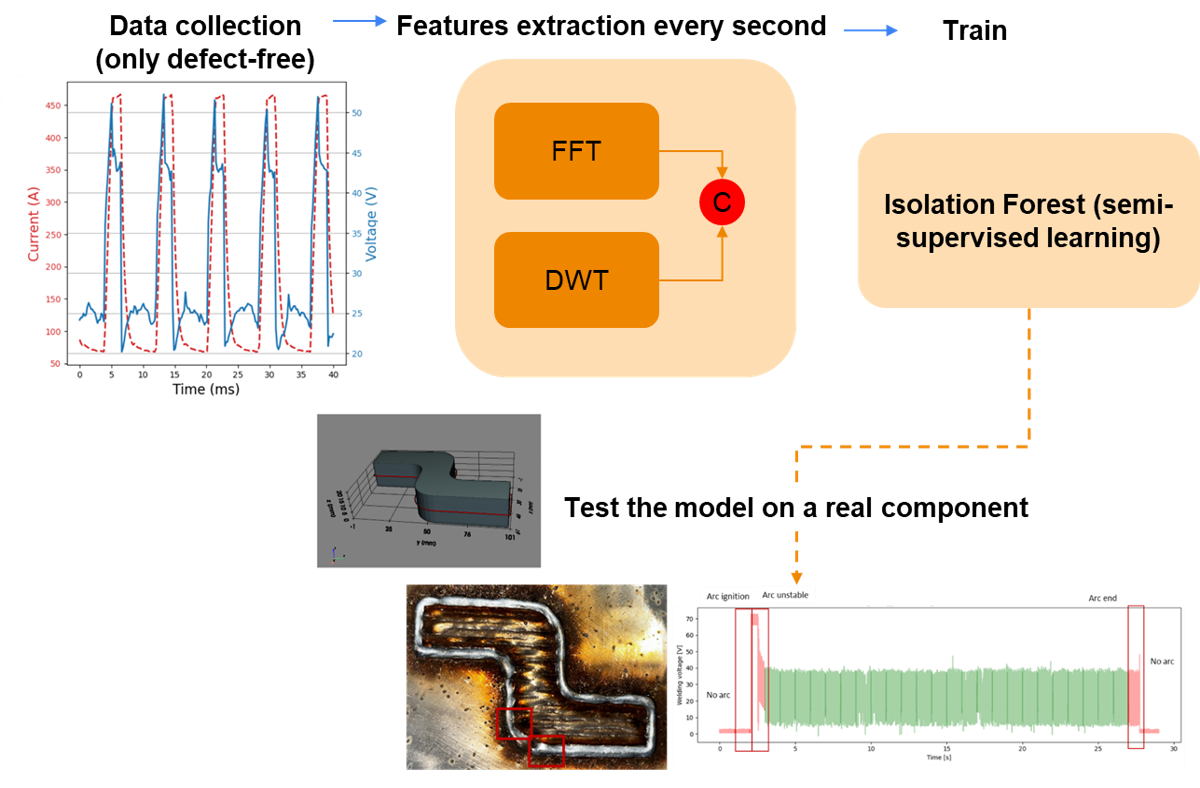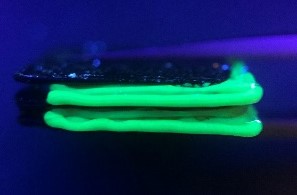Volumes & Issues
Contact
For any inquiries regarding journal development, the peer review process, copyright matters, or other general questions, please contact the editorial office Ms. Judy Zenoch, E-Mail: advmanufact@elspub.com.
For production or technical issues, please contact the production team, Mr. Jay Zhuang, E-Mail: production@elspub.com.
About This Journal
Special Issues
Sustainable and Circular Manufacturing: Materials, Processes, and Design Strategies
Special Issue Editor: Ahmad Serjouei, Muhammad Pervej Jahan
Submission Deadline: 31 December 2025
Advanced Manufacturing of Materials
Special Issue Editor: Prashanth Konda Gokuldoss, Sokkalingam Rathinavelu
Submission Deadline: 30 June 2026
AI and Data-driven Manufacturing
Special Issue Editor: Vishal Santosh Sharma, Noe G. Alba Baena, Rajeev Verma, Liang Hao
Submission Deadline: 17 April 2026
Latest Articles
Design of honeycomb energy-absorbing box and its low-speed crashing behaviour for automobiles
DOI: 10.55092/am20250009
Published: 24 Oct, 2025
Editor's Choice
Creating custom 3D printing material colors using optical modeling of waste plastic
DOI: 10.55092/am20250007
Published: 07 Apr, 2025
A framework and implementation of the Customer-to-Manufacturer (C2M) paradigm
DOI: 10.55092/am20240004
Published: 19 Mar, 2024
3D Printed tandem X-Ray detector with halide perovskite-polymer composite semiconductor absorber
DOI: 10.55092/am20230002
Published: 23 Oct, 2023
Top Downloaded
A review on physics-informed machine learning for monitoring metal additive manufacturing process
DOI: 10.55092/am20240008
Published: 10 Jun, 2024
Creating custom 3D printing material colors using optical modeling of waste plastic
DOI: 10.55092/am20250007
Published: 07 Apr, 2025









